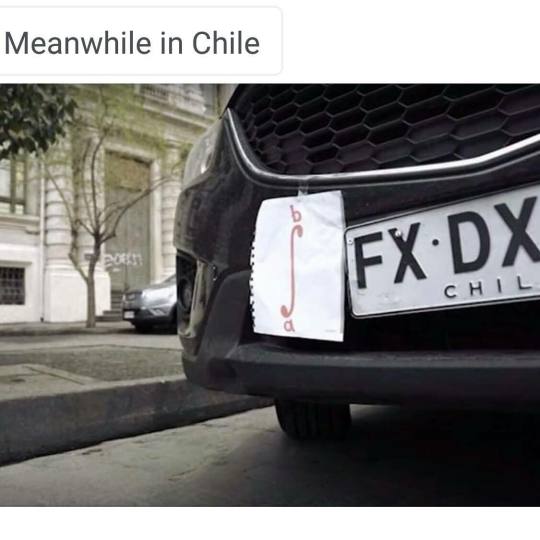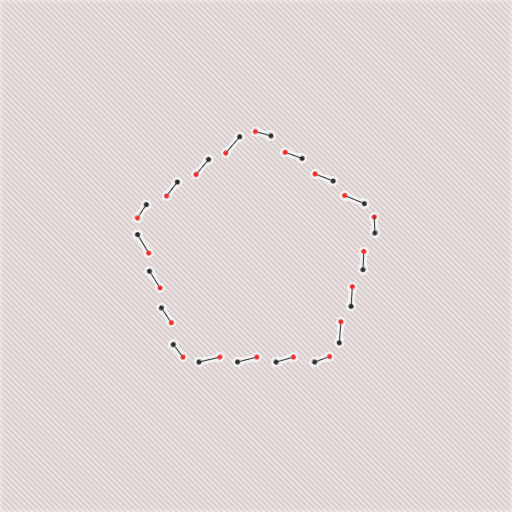Photo

Examples of the #Fibonacci #sequence in #nature 😍🌻🌱🐚 Do you know any more #examples? #math #mathfun
215 notes
·
View notes
Photo

Mesmerising Triangular Based Gears that Rotate both Clockwise and Counter-Clockwise.
(Gizmodo)
1K notes
·
View notes
Photo
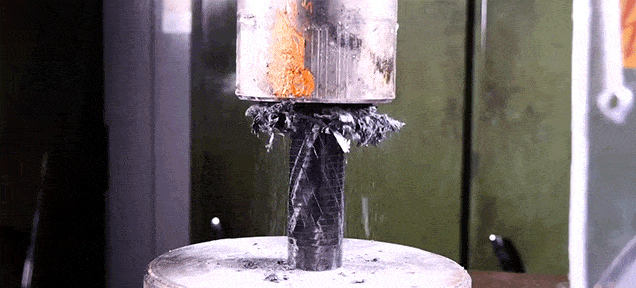
Carbon Fibre Shredding Under Extreme Pressure.
(Gizmodo)
532 notes
·
View notes
Photo
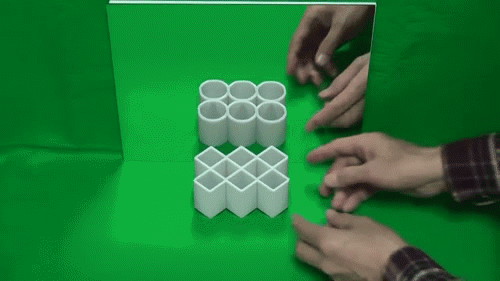

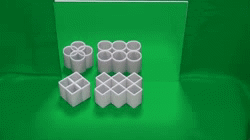
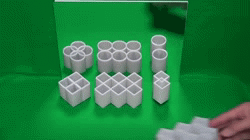

Ambiguous Cylinder Optical Illusion.
(Illusion of the Year)
3K notes
·
View notes
Photo

Rolling a circle in a circle to draw a cosine wave [code]
2K notes
·
View notes
Photo

1. Take a circle and draw some points on the boundary. For every point you draw, you must also draw its antipode (point on the opposite side of the circle).
2. Draw some points in the interior wherever you want.
3. Label the points either +1, -1, +2, or -2 as you wish. The only stipulation is that antipodes must have opposite sign.
4. Draw triangles however you want without crossing lines.
Tucker’s Lemma says that you will ALWAYS end up with at least one line that has endpoints of either +1 and -1 or +2 and -2. Try it! More info and proof here.
809 notes
·
View notes
Photo
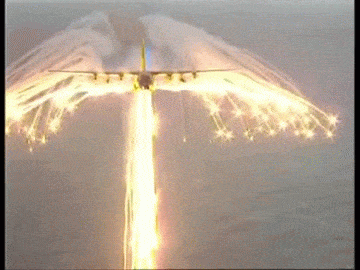
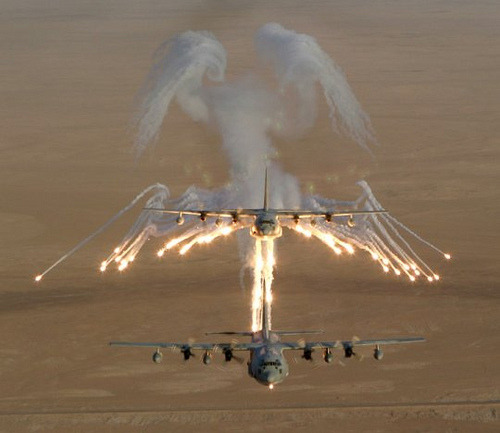

The Smoke Angels.
Wingtip vortices shown in flare smoke left behind a C-17 Globemaster III.
How does an aircraft fly? Think of it like this, due to the design of the wing, larger number of air molecules are hitting the bottom portion of the aircraft than the top.
As a result, a upward force acts on the wing, hence the wing lifts!
This works fine till we get to the wing tips.
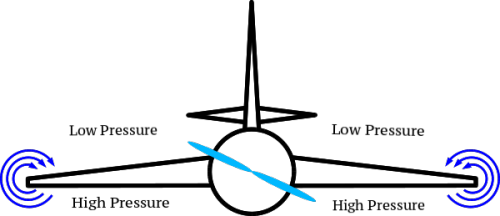
In the wingtip, the air from a higher pressure wants to move to the region of lower pressure. And as a result, this forms vortices ( fancy name for the swirling motion of air ) known as Wingtip Vortex. ( because its formed in the wing tips!!! )
And it is due to the ramification of this, that we obtain those gorgeous smoke angels. Pretty cool huh ?
Have a great day !
1K notes
·
View notes
Photo

Can you flatten a sphere?
The answer is NO, you can not. This is why all map projections are innacurate and distorted, requiring some form of compromise between how accurate the angles, distances and areas in a globe are represented.
This is all due to Gauss’s Theorema Egregium, which dictates that you can only bend surfaces without distortion/stretching if you don’t change their Gaussian curvature.
The Gaussian curvature is an intrinsic and important property of a surface. Planes, cylinders and cones all have zero Gaussian curvature, and this is why you can make a tube or a party hat out of a flat piece of paper. A sphere has a positive Gaussian curvature, and a saddle shape has a negative one, so you cannot make those starting out with something flat.
If you like pizza then you are probably intimately familiar with this theorem. That universal trick of bending a pizza slice so it stiffens up is a direct result of the theorem, as the bend forces the other direction to stay flat as to maintain zero Gaussian curvature on the slice. Here’s a Numberphile video explaining it in more detail.
However, there are several ways to approximate a sphere as a collection of shapes you can flatten. For instance, you can project the surface of the sphere onto an icosahedron, a solid with 20 equal triangular faces, giving you what it is called the Dymaxion projection.

The Dymaxion map projection.
The problem with this technique is that you still have a sphere approximated by flat shapes, and not curved ones.
One of the earliest proofs of the surface area of the sphere (4πr2) came from the great Greek mathematician Archimedes. He realized that he could approximate the surface of the sphere arbitrarily close by stacks of truncated cones. The animation below shows this construction.
The great thing about cones is that not only they are curved surfaces, they also have zero curvature! This means we can flatten each of those conical strips onto a flat sheet of paper, which will then be a good approximation of a sphere.
So what does this flattened sphere approximated by conical strips look like? Check the image below.
But this is not the only way to distribute the strips. We could also align them by a corner, like this:
All of this is not exactly new, of course, but I never saw anyone assembling one of these. I wanted to try it out with paper, and that photo above is the result.
It’s really hard to put together and it doesn’t hold itself up too well, but it’s a nice little reminder that math works after all!
Here’s the PDF to print it out, if you want to try it yourself. Send me a picture if you do!
4K notes
·
View notes
Text
Graphical method for Teaching Maths
Graphical method for Teaching Maths
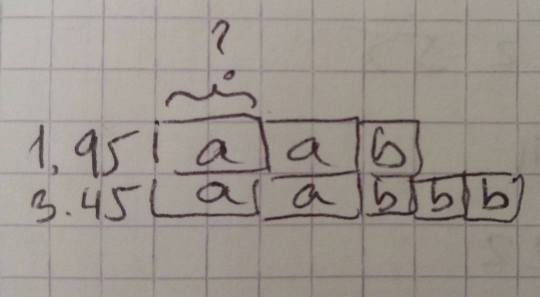
This post is inspired by one of the workshops I participated at the One-Day Conference for the Teachers of Secondary Mathematics. The workshop was about how Singapore students are taught to use some sort of graphical method to solve increasingly complex problems such as ratio, percentage change or simultaneous equations.
This method is called the Singapore Bar Model. The only important part in…
View On WordPress
14 notes
·
View notes
Video
youtube
1 note
·
View note

